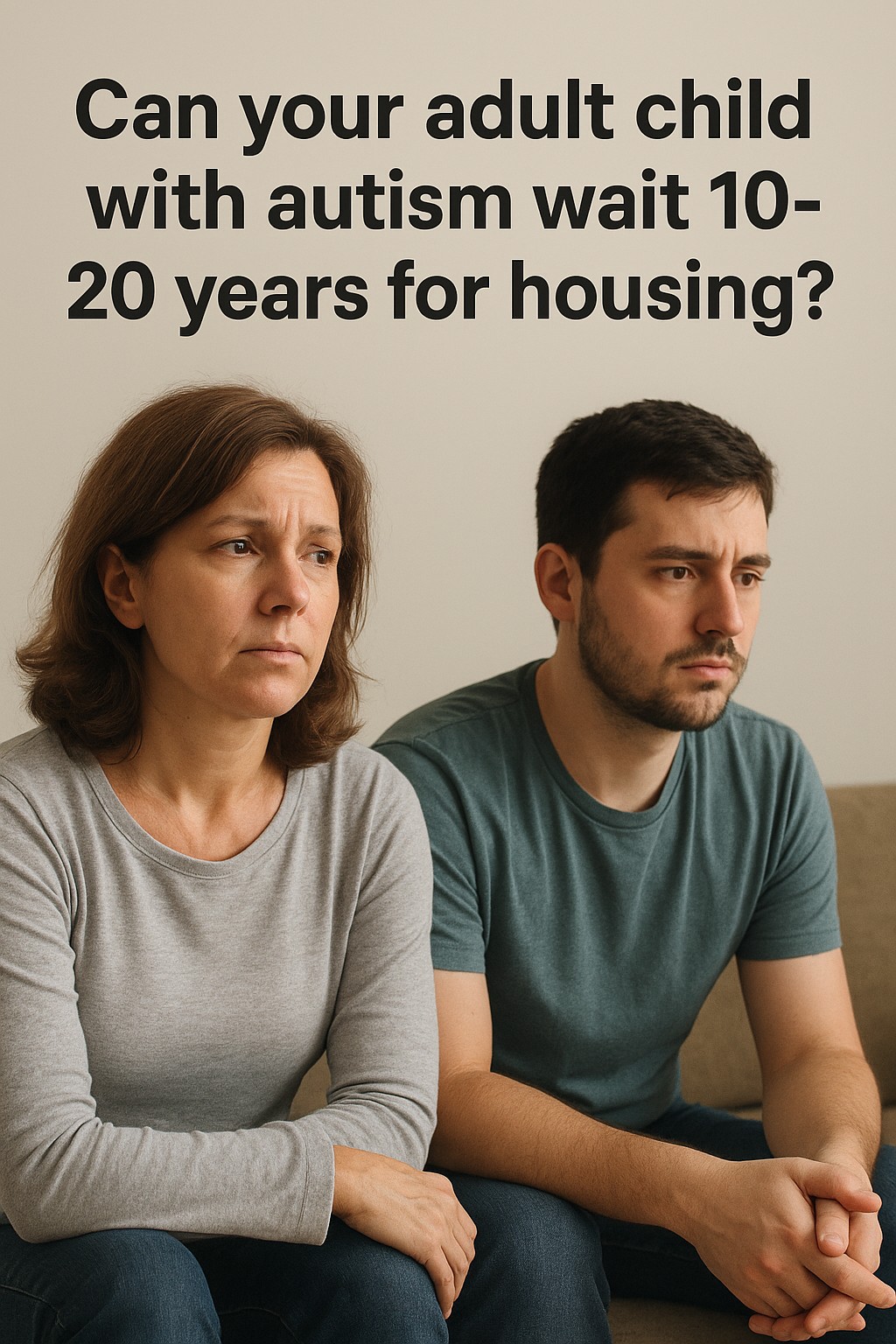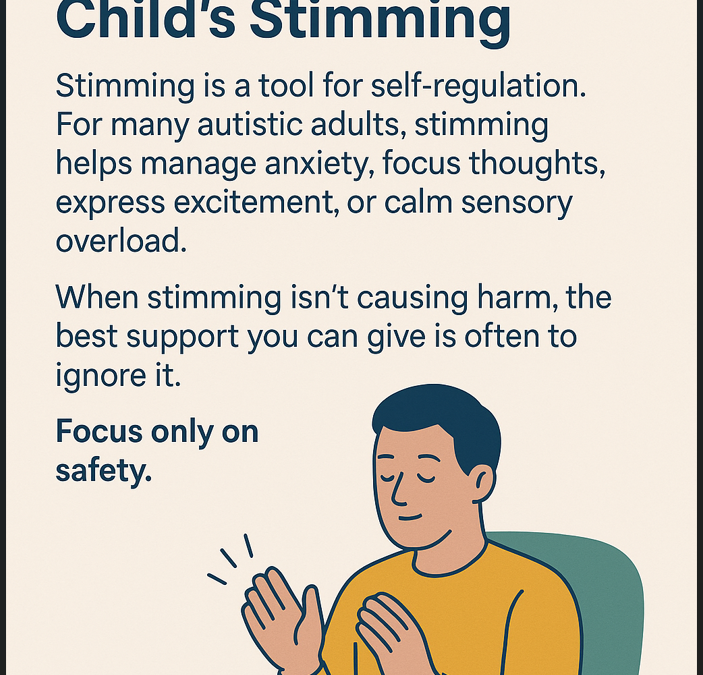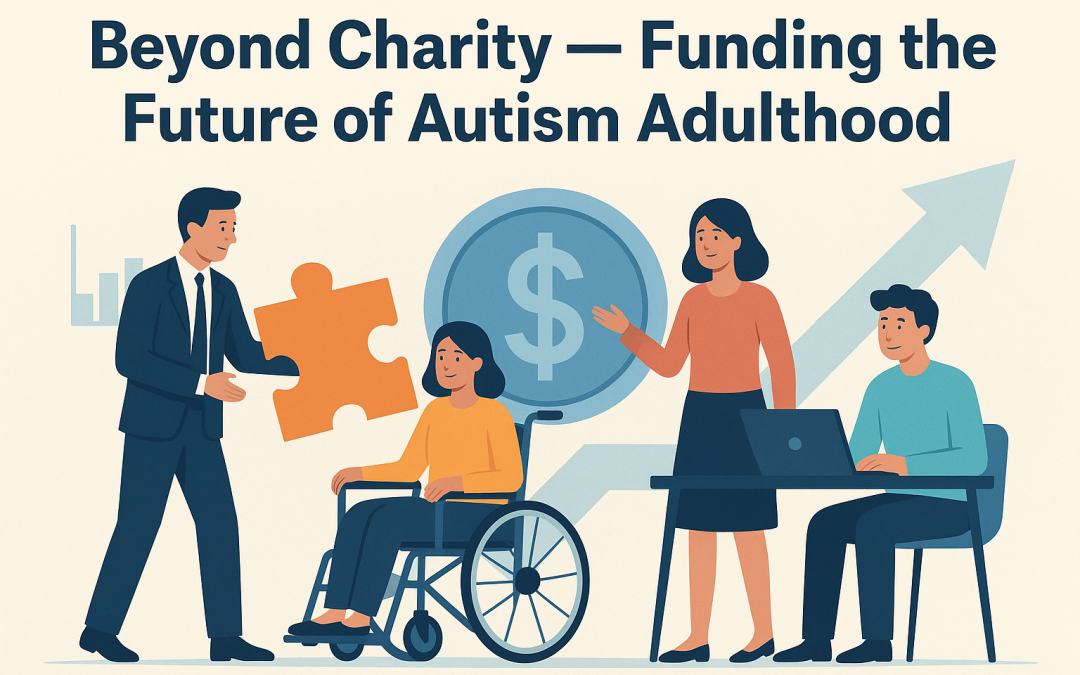Many parents of young adults with autism are so busy in the day-to-day, they don’t start thinking about housing for their child until they start to feel themselves aging and begin worrying “Who will care for my child when I am no longer able?”. When they finally get around to researching it and learn how to get on the housing wait list, they discover thousands of residents with disabilities are facing excruciatingly long 10 year+ waits. NorthJersey.com+1
Frequently these families end up in housing situations that don’t fully meet their needs, or worse still, with no home at all.
Here are three key dynamics families should reckon with:
1. The human timeline doesn’t match the system’s timeline
While agencies talk about “waiting lists” and “priority rankings,” the years don’t pause for the individual’s growth, maturation or changing needs. If your child is 22 now, waiting 10-20 years means they are 32-42 before truly stable housing may be in place. That’s precious life time.
2. Risk of deteriorating supports or missed opportunities
In that waiting period the individual’s support needs may evolve: new therapies, changes in autonomy, health issues. Housing isn’t just four walls but a stable environment with supportive services. Research shows people with disabilities face major barriers — from aligning services with housing, to rigid screening by landlords, to funding gaps for transition costs. HUD User+1
3. What you can do as a family now
– Start housing planning early: understand eligibility, keep updated documentation, build your case.
– Explore alternative paths: independent living with supports, shared housing, trusted family arrangements.
– Create a parallel “plan B” so waiting for the ideal doesn’t mean no housing at all.
– Advocate: connect with local disability-housing coalitions, push for system reform so waits shorten.
Your family’s proactive planning now matters. Learn more




